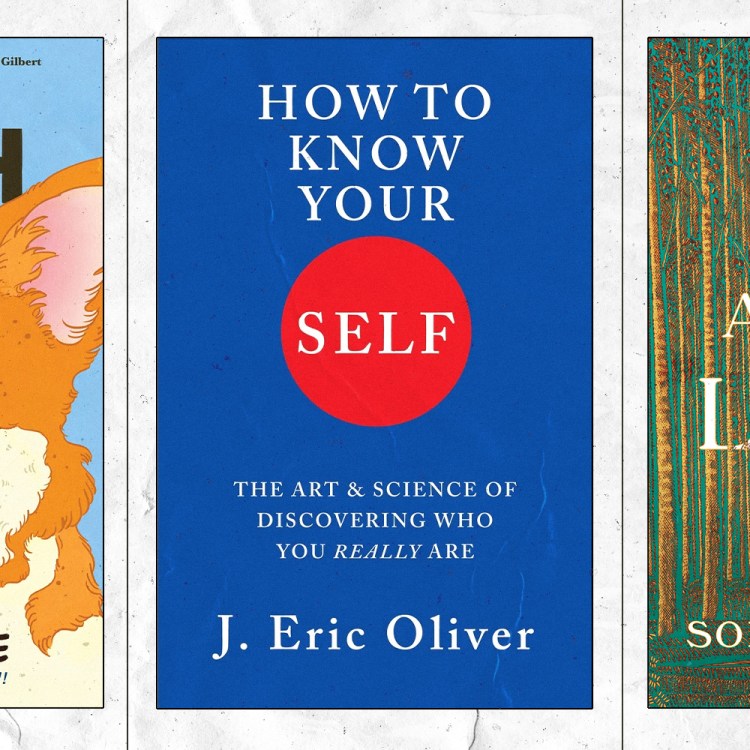Last summer, British Vogue reported that more than three million new photos of whole, slice, and toast-topping avocados are uploaded to Instagram every day. Miley Cyrus even has a tattoo of the fruit on her upper arm. But how did the avocado go from being near extinction to being one of the hippest things to eat—and an unlikely symbol of a particular lifestyle?
Earliest evidence of consumption of the avocado dates back nearly 10,000 years, from the remains of settlements in central Mexico. The fruit was originally named after testicles, reports The Atlantic, and the first written description of the avocado comes in 1519 by a conquistador. It was describes as “like butter” and a “marvelous thing.” But the avocado tree itself had already been an evolutionary ghost for 3,000 years by the time people started eating its fruit and the avocado forests that were frequent throughout Mesoamerica had dwindled and died out.
Since it was rare, the fruit became a “backyard fruit,” enjoyed by people, but rarely cultivated purposefully. Until recently, that is. It was a single trade agreement that turned the avocado into green gold, launching it to the stardom that it now enjoys.
Thanks for reading InsideHook. Sign up for our daily newsletter and be in the know.















